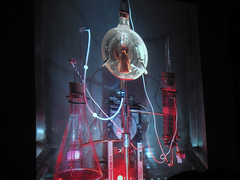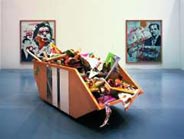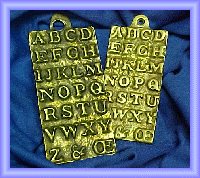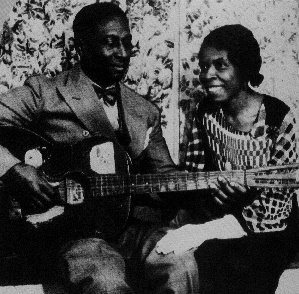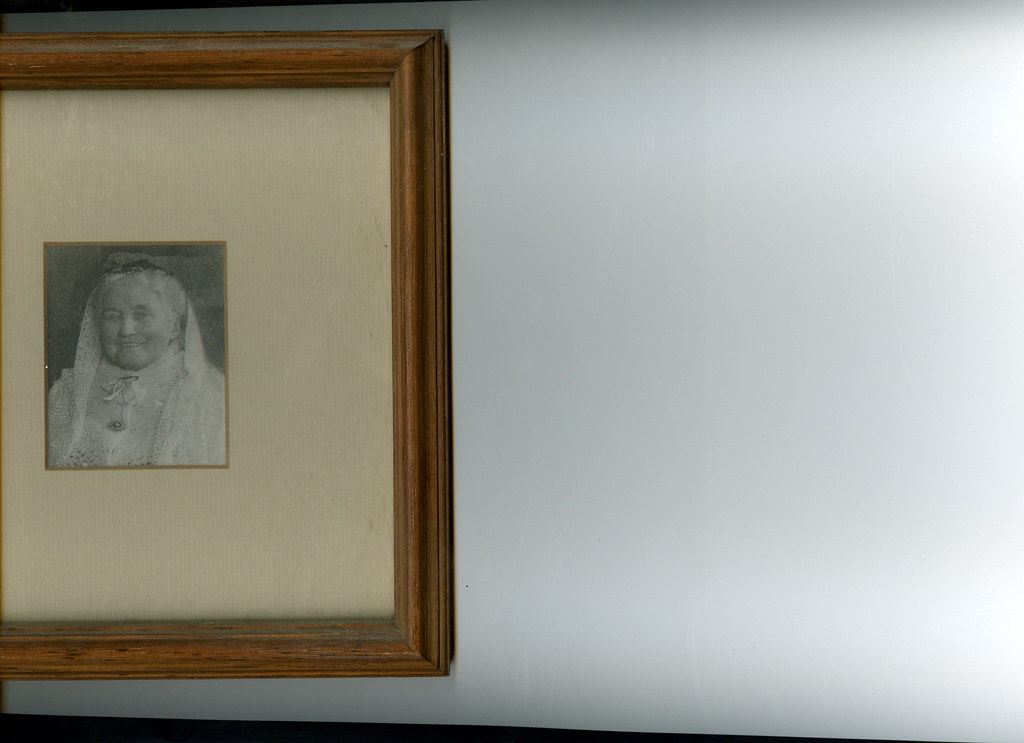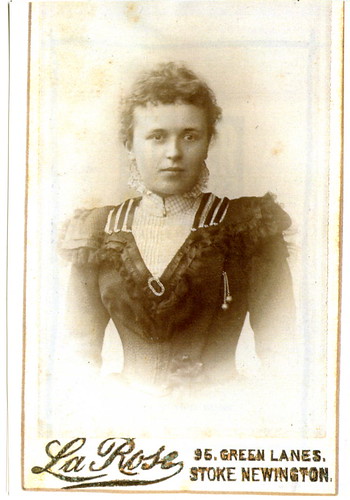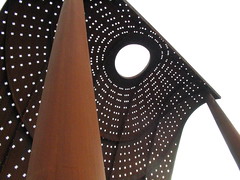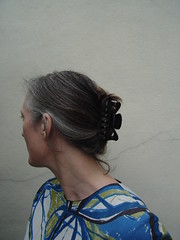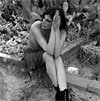
In the manner of Dr Joolz. who did an advice post on minibreaks,
(
I am queen of the minibreak) here is my advice on the subject of Spring Fashion.
For more inspiration, go
here and
here.
Meanwhile, here are some Hot Tips:
1. You can only wear
White, Black and Taupe. Nothing else.
2. Except
dresses. These are good, especially
SHIRT DRESSES.
3. You should throw out:
a) the jeans you have worn all winter which your tummy spills over due to the effect of re-toxing and puddings.
b) Your old skirt you think is a 'favourite'. It is not.
c) Over-washed cardigans. They are just TOO SMALL.
4. You should purchase:
a) Camisoles. See Dr Joolz. These are ESSENTIAL.
b) New jeans. See above. These should make you look THIN.
c). A nice skirt to replace the Old Favourite (
Gap has a good one in Grey £35.00)
5. You should on no account purchase:
a) Leggings. How could we have worn them. Why?
b) Tulip skirts. A fat-feeling fashion theme.
c) Diane von Furstenburg type wrap dresses. Trust me. They will make you look fat although you are THIN.
6. You can never have too many:
a) rings
b) clogs
c) black opaque tights from Wolford.
7. The Rules (black white taupe etc) can be broken only if:
a) You wear a blue trench coat (this is allowed)
b) You have high heels (that is always good and we should try and wear them ALL THE TIME.)
c) You wear ruffles on your skirt (this does NOT mean gypsy skirts. Get a grip).
For more information go to
London Fashion week, it is happenning on the 14th Feb and I will give you DAILY UPDATES.
You have been warned.
PS it is VERY IMPORTANT not to follow ANY fashion advice of ANY KIND.






